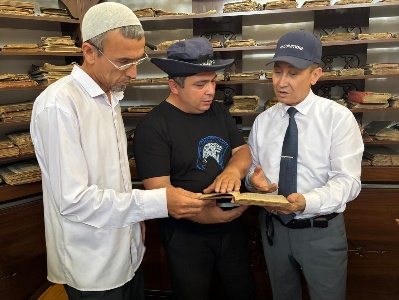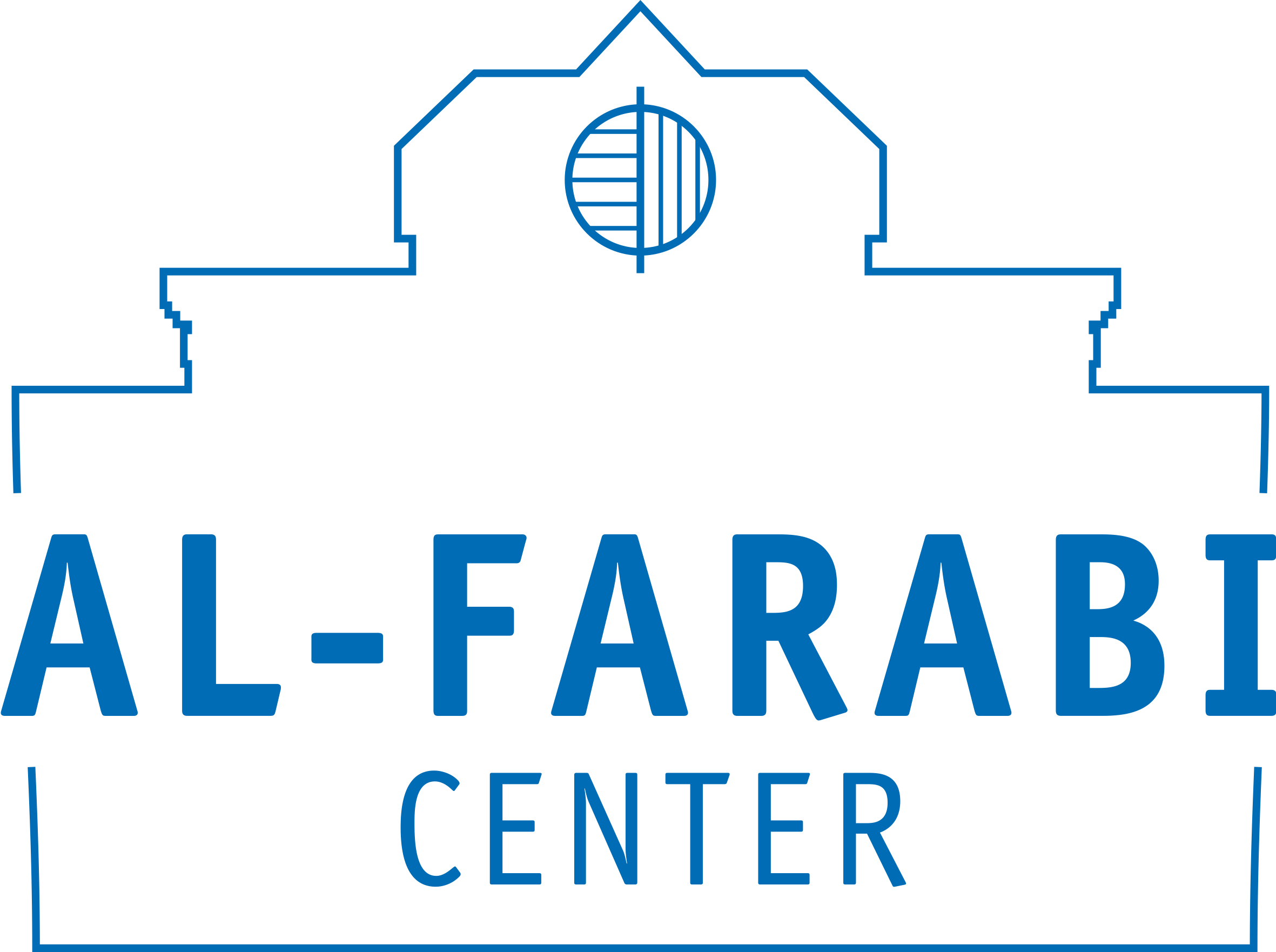The Director of the Al-Farabi Center, P.M. Suleimenov, was on a scientific mission at the “Yangi Akhsi” Park

In May 2025, the Director of the Al-Farabi Center, P.M. Suleimenov, undertook a scientific mission to the “Yangi Akhsi” Park. During the visit, a meeting and negotiations were held with the Director of the Museum Complex, Anvar Ikromov, regarding the identification of specialists working with the discovered manuscripts (to confirm their attribution to Al-Farabi) and the possibility of a joint research project aimed at studying and translating the manuscript.
The “Yangi Akhsi” Museum Complex, located within the park, has been enriched with ten unique exhibits dating back to the 11th–14th centuries. Among them are Bactrian and Chinese coins, as well as ancient manuscripts attributed to Abu Nasr al-Farabi, according to the regional khokimiyat. All the exhibits are currently preserved in the Historical and Archaeological Complex “Yangi Akhsi.” This was reported by the head of the complex, Anvar Ikromov, who also serves as Director of the Media Department of the Namangan Regional Khokimiyat.
A special place in the collection of the “Yangi Akhsi” Museum in Namangan is occupied by rare books, including a manuscript by Abu Nasr al-Farabi and three other volumes dedicated to science, philosophy, and history.
Of particular interest is a sword discovered in Namangan. Experts believe it dates back to the 11th century and remains well-preserved, showing traces of use in combat. The sword was forged in Ahsikent, a famous steelworking center whose origins still remain a mystery. The museum’s collection has also been expanded with 14th-century weaponry, presumably used by the warriors of Amir Timur.
Other findings include a Bactrian coin dated to 475–600 CE and a 19th-century Chinese coin, both thoroughly studied by historian Sherali Koldoshev.




